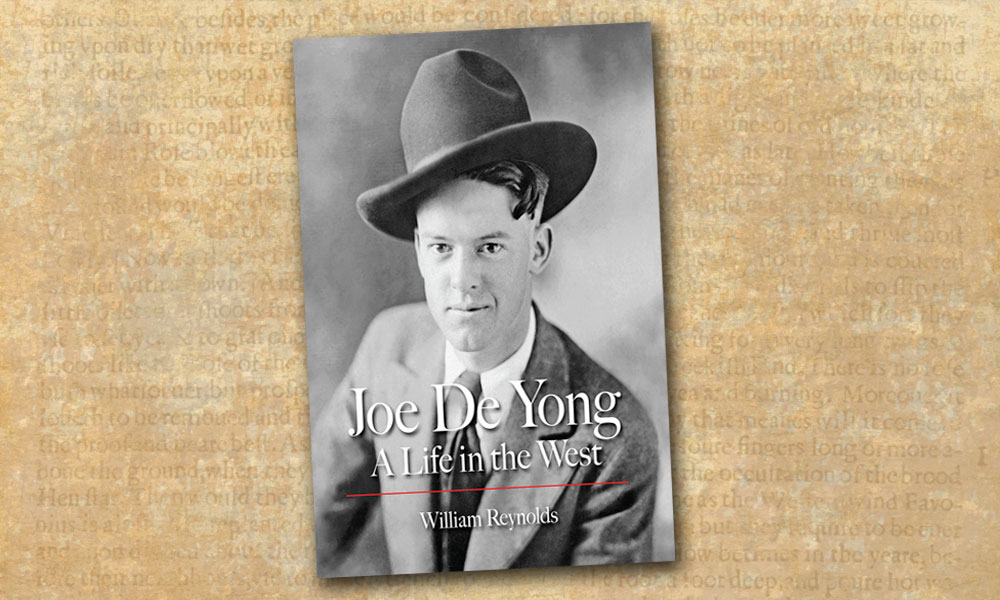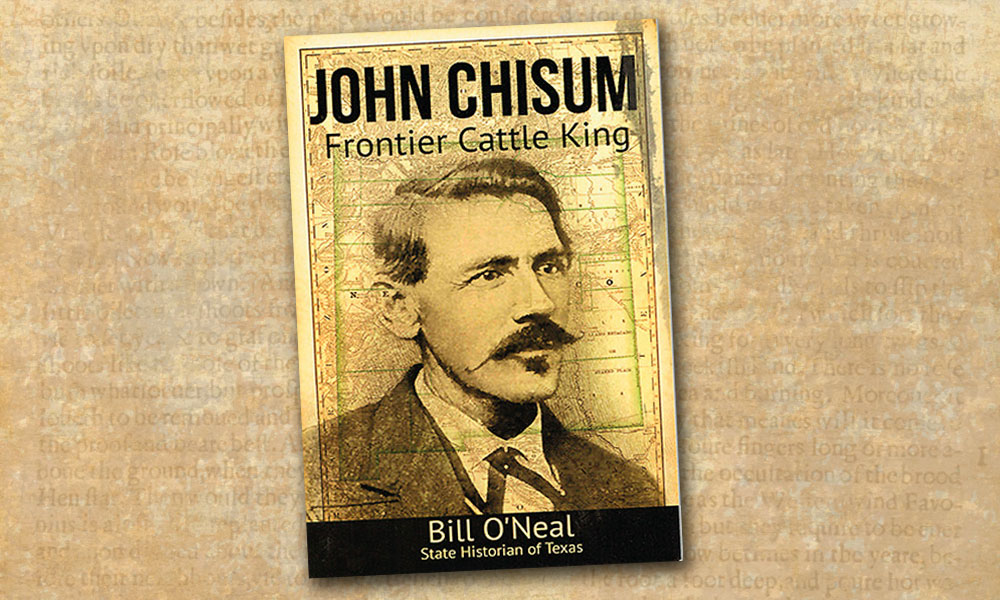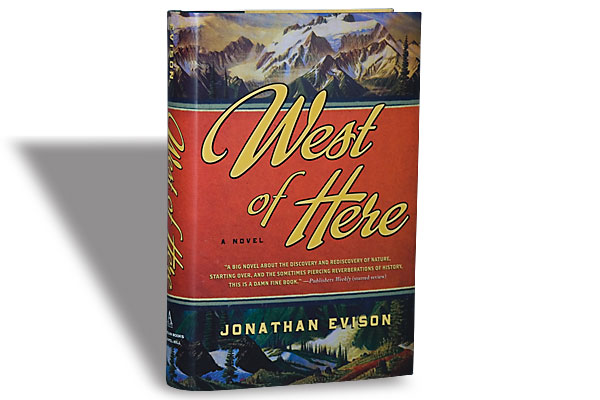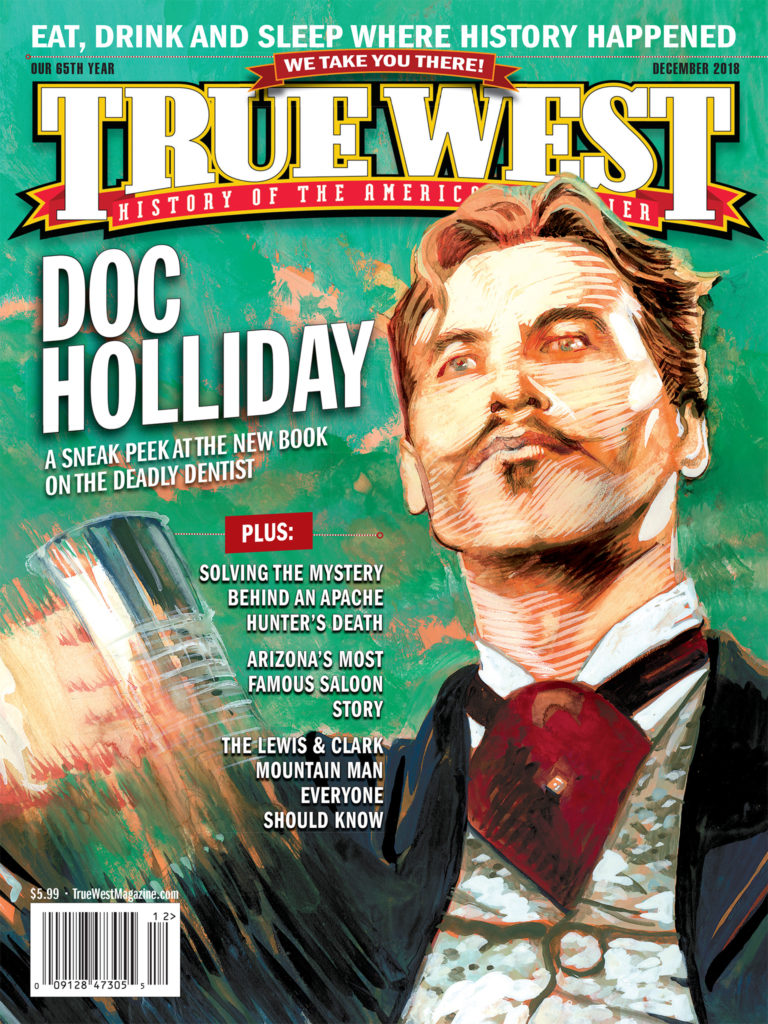
Historians, students, collectors and fans of Western American art will be in debt to William Reynolds for many decades after his publication of Joe De Yong: A Life in the West by William Reynolds. Sharply written, exquisitely designed and beautifully illustrated, Joe De Yong reflects the professionalism and style that Reynolds has brought to all his media work—including the publishing of Ranch & Reata magazine—for four decades.
De Yong, a working cowboy and Western artist was Charles M. Russell’s only protégé and followed the artistic pathway his hero and mentor had paved forward for him—astride a horse and in front of an easel, a career trajectory based on preserving and celebrating the history of the American West through art. As Reynolds writes of De Yong in the biography’s Introduction: “He told stories in words and pictures with authenticity and detail while protecting Russell’s memory as the source point for his view of the West.”
De Yong, who lost his hearing from cerebral meningitis at 19, split much of his life between Helena, Montana, and Santa Barbara, California. De Yong’s inspiring life story is visually brought to life by Reynolds’ use of the artist’s essays, letters and poems in his prose and as illustrations. The author’s biography of De Yong’s multi-faceted career is an intricate tale of a man whose life as an artist started before the automobile revolution and ended after man landed on the moon. De Yong began as an artist and illustrator in the traditional mediums of publishing, public art and contract work, but in the 1930s transitioned into the modern medium of film, where, unbeknownst to him at the time, he would contribute his greatest influence on the preservation of Western American culture as a historic consultant, set illustrator and costume designer on at least 21 motion pictures, including Shane. While working for Hollywood’s top producers, De Yong followed his mentor Russell’s path and kept his hand in print as an illustrator and as a mentor to younger artists, including Joe Beeler, to whom De Yong wrote, “You have what it takes and will make the grade.”
Reynolds’ eye for detail, and empathy for De Yong the man—and the artist—is a reflection of the author’s passion for his subject matter (he met him once when he was 11 with his father during a visit to Edward H. Bohlin’s famed Hollywood saddle shop), his personal and professional experience as an art director at A&M records, as an author and publisher and as a long-time resident of San Ynez in Santa Barbara County, California. Reynolds reflects succinctly, “Nothing—not disability nor any other adversity—stood in [De Yong’s] way to be the keeper of Russell’s desire to see Western culture live on in art, writing, and motion pictures.” Thanks to Reynolds, Joe De Yong’s life’s work can now be remembered and revered in the same breath as that of his famed mentor Russell.
—Stuart Rosebrook





